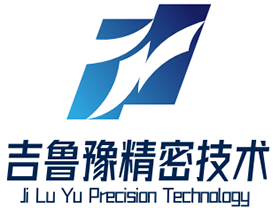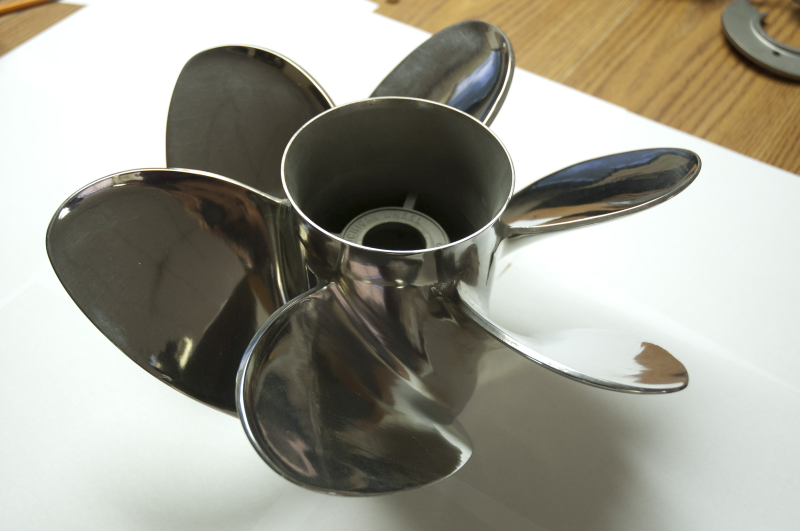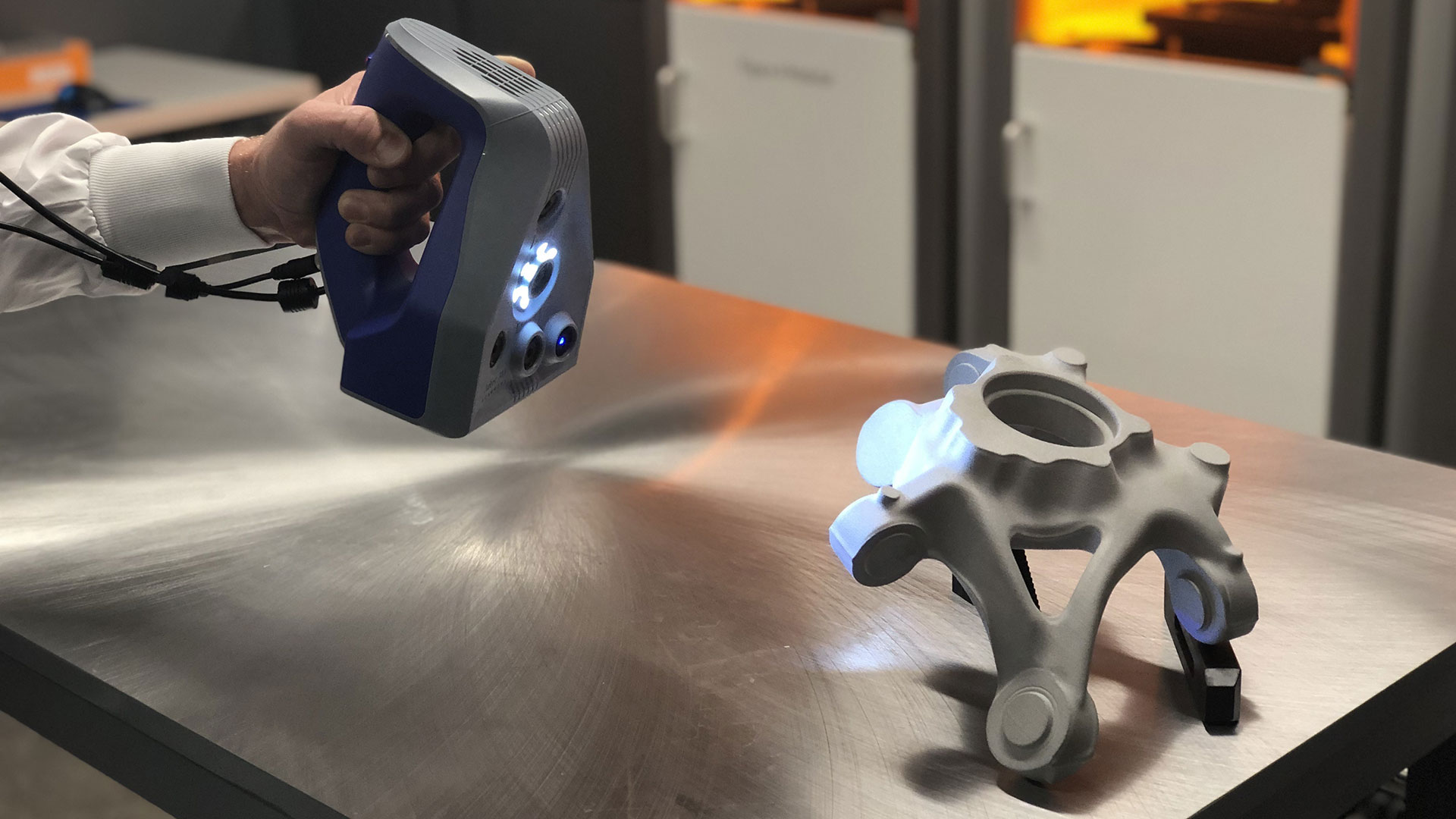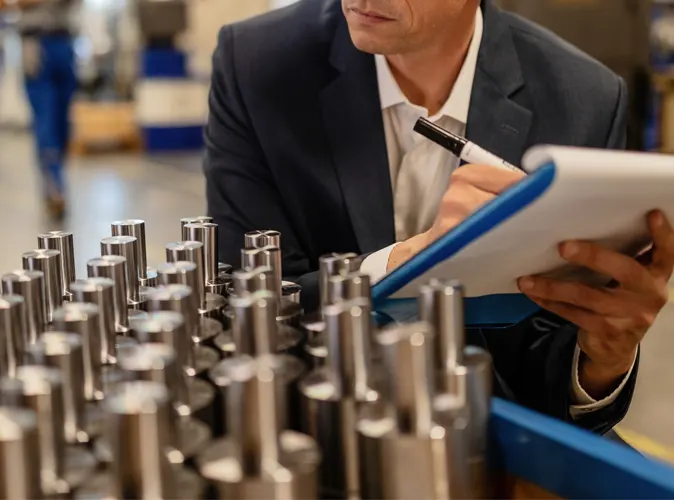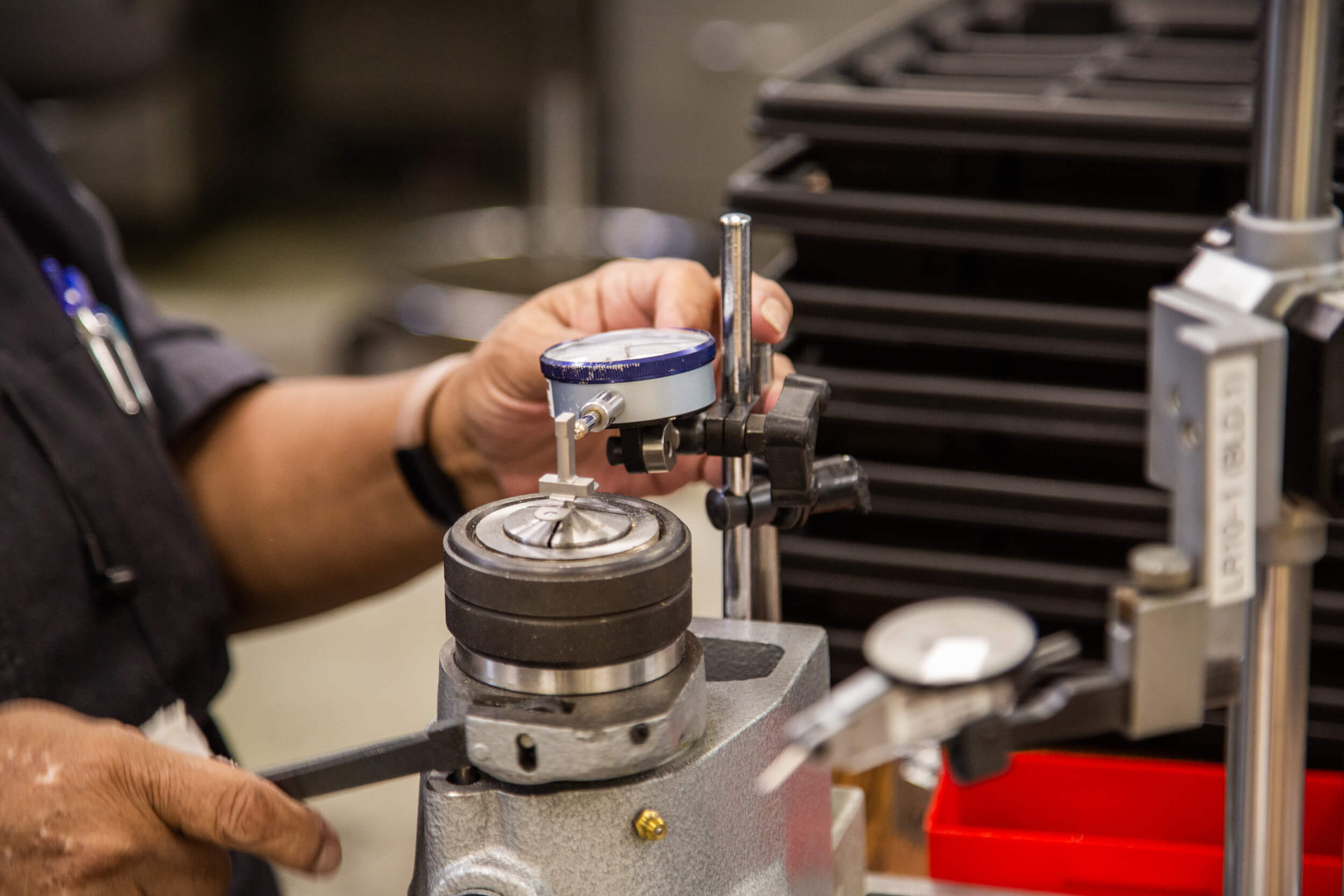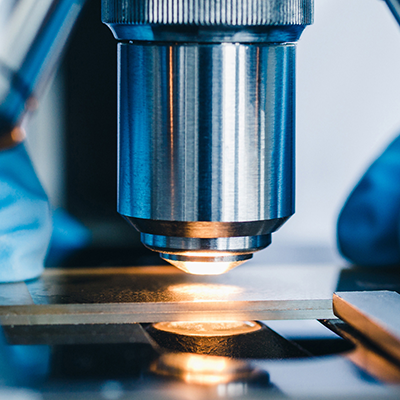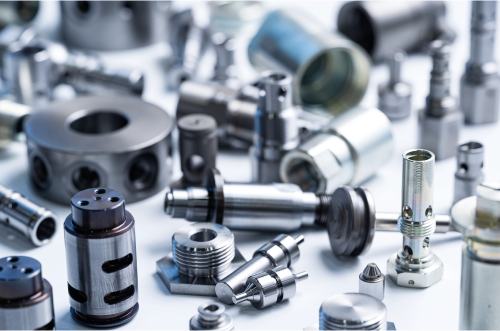Precision Machining for the Marine Industry: Advanced CNC Solutions for Harsh Marine Environments
In the demanding world of marine operations, where saltwater corrosion and extreme pressures test every component, precision machining for the marine industry isn’t just a manufacturing process—it’s a critical safety requirement that ensures reliability when it matters most.
The marine sector represents one of the most challenging environments for industrial components, where the constant battle against corrosion, pressure variations, and mechanical stresses demands manufacturing excellence. Precision machining for the marine industry has evolved from basic metalworking to sophisticated computer-controlled processes that deliver the exceptional accuracy and durability required for marine applications. As specialized providers of CNC machining services, we understand the critical importance of manufacturing components that can withstand the ocean’s relentless forces while maintaining precise tolerances and optimal performance.
1. The Essential Role of Advanced Machining for Marine Industry Applications
The marine environment presents unique challenges that separate it from other industrial sectors. The combination of saltwater corrosion, constant vibration, hydrodynamic forces, and pressure extremes creates operating conditions that push materials and components to their limits. This is where specialized machining for the marine industry demonstrates its critical importance, offering solutions specifically engineered to overcome these challenges.
Why Precision Matters in Marine Components
Marine-grade machining differs significantly from standard machining processes in several key aspects:
-
Corrosion Management: Every component must be designed and manufactured with material compatibility and protective finishes that resist galvanic corrosion and pitting
-
Fatigue Resistance: Components must withstand constant stress cycles from wave action and engine vibration without developing microfractures
-
Hydrodynamic Efficiency: Surfaces that interact with water flow require exceptionally fine finishes and precise contours to minimize drag and cavitation
-
Reliability Standards: The remote nature of marine operations means component failure can have severe consequences, demanding exceptional reliability
Modern CNC machining for marine applications addresses these challenges through advanced manufacturing techniques that combine material science, engineering design, and precision fabrication. The transition from conventional machining to computer-controlled processes represents a fundamental shift in how the marine industry approaches component manufacturing, enabling previously impossible geometries with unprecedented consistency.
2. Critical Marine Components Produced Through Precision Machining
Virtually every system aboard modern vessels relies on components manufactured through specialized machining processes for marine equipment. The table below details the most essential marine parts requiring precision machining, their material requirements, and the specific manufacturing processes employed.
Table 1: Essential Marine Components and Their Machining Requirements
| System Category | Critical Components | Material Specifications | Machining Processes | Tolerance Requirements |
|---|---|---|---|---|
| Propulsion Systems | Propeller blades, shafting, stern tubes, struts, rudder stocks | Nickel-Aluminum Bronze, Monel, 316L Stainless | 5-Axis Milling, Precision Turning, Deep Hole Drilling | ±0.05mm for hydrodynamic surfaces |
| Power Generation | Engine blocks, cylinder heads, crankshafts, turbocharger housings | Cast Iron, High-Tensile Steel, Aluminum Alloys | Multi-Axis Milling, Boring, Precision Grinding | ±0.025mm for combustion chambers |
| Deck Machinery | Windlass gears, winch drums, capstans, mooring equipment | 316 Stainless Steel, Duplex Steel, Forged Alloys | CNC Turning, Gear Cutting, Surface Grinding | ±0.01mm for bearing surfaces |
| Hydraulic Systems | Valve blocks, actuator housings, pump components, manifold plates | Anodized Aluminum, Bronze, Stainless Steel | Precision Boring, Deep Hole Drilling, Tapping | ±0.015mm for sealing surfaces |
| Navigation & Safety | Radar mounts, sonar housings, communication equipment | Marine-Grade Aluminum, Brass, Stainless Steel | 3-Axis & 5-Axis Milling, CNC Turning | ±0.02mm for alignment features |
Advanced Machining for Marine Propulsion Systems
The propulsion system represents the most demanding application for precision machining in the marine sector. Modern propeller manufacturing exemplifies the sophistication achievable through advanced CNC processes. A vessel’s propeller must balance multiple competing requirements: efficiency, cavitation resistance, structural integrity, and corrosion resistance.
Contemporary propeller production employs 5-axis simultaneous machining to create complex hydrodynamic surfaces that would be impossible with conventional methods. The process begins with a solid casting of corrosion-resistant bronze alloy, which is then rough-machined using high-torque machining centers with specialized cutters designed for non-ferrous metals. Semi-finishing operations establish the basic blade geometry, while finishing passes create the precise airfoil sections that determine performance characteristics.
The most advanced facilities now employ on-machine verification using touch-trigger probes that measure critical dimensions without removing the workpiece from the machine. This closed-loop manufacturing process ensures compliance with classification society requirements, including ABS, DNV, and Lloyd’s Register specifications for dimensional accuracy and surface finish.
3. Technical Processes in Marine Industry Machining
The specialized nature of marine component machining requires specific technical approaches that differ from standard machining operations. Understanding these processes is essential for appreciating the value delivered by specialized marine machining providers.
Multi-Axis Machining Capabilities
5-axis CNC machining has revolutionized marine component manufacturing by enabling complex geometries in a single setup. This capability is particularly valuable for:
-
Propeller Blade Machining: Creating precise pitch distribution and blade sections that optimize hydrodynamic efficiency
-
Complex Hull Fittings: Manufacturing components with compound curves that must align perfectly with hull contours
-
Valve Bodies and Manifolds: Producing internal passages with optimal flow characteristics in a single operation
The elimination of multiple setups reduces cumulative error and ensures perfect alignment between related features. For marine applications, this translates to improved performance and reduced assembly time.
Precision Boring and Deep Hole Drilling
Marine power systems and hydraulic components require exceptionally precise bore geometry and deep, straight holes with tight diameter control. Precision boring achieves tolerances within 0.005mm for cylinder liners and bearing housings, while gun drilling produces straight holes with length-to-diameter ratios exceeding 50:1 for hydraulic valve blocks and fuel injection components.
These processes require specialized equipment with high-pressure coolant systems and vibration-dampening technologies to maintain accuracy over extended machining cycles. The resulting components demonstrate superior performance and extended service life in demanding marine applications.
Material-Specific Machining Strategies
The diverse materials used in marine applications each require tailored machining approaches:
*Table 2: Material-Specific Machining Strategies for Marine Applications*
| Material Family | Specific Alloys | Machining Challenges | Recommended Approaches | Surface Finish Requirements |
|---|---|---|---|---|
| Corrosion-Resistant Stainless | 316/L, 317, 2205 Duplex | Work hardening, tool wear | Positive rake geometry, rigid setups, carbide tools | 0.8μm Ra for sealing surfaces |
| Marine Bronze Alloys | Nickel-Aluminum Bronze, Manganese Bronze | Gumminess, built-up edge | Sharp cutting edges, higher speeds, proper chipbreakers | 1.6μm Ra for hydrodynamic surfaces |
| Marine Aluminum | 5083, 5086, 6061-T6 | Material adhesion, dimensional stability | High shear tools, optimized coolant, proper fixturing | 0.8-1.2μm Ra for structural components |
| Super Alloys | Inconel, Hastelloy, Monel | Extreme strength, heat resistance | Premium tooling, reduced speeds, high-pressure coolant | 0.4-0.8μm Ra for critical applications |
4. Material Selection for Marine CNC Machining
The marine environment’s corrosive nature makes material selection as critical as the machining process itself. Successful marine industry machining requires in-depth knowledge of material behavior in saltwater exposure, including galvanic compatibility, fatigue performance, and machinability.
Corrosion-Resistant Alloys for Marine Applications
Stainless steels represent the most common material family for marine components, with grade 316/L containing molybdenum for enhanced pitting resistance in chloride environments. For more demanding applications, duplex and super duplex stainless steels offer superior strength and corrosion resistance, though they present significant machining challenges due to their high strength and work-hardening tendencies.
Copper-based alloys, particularly nickel-aluminum bronze, offer excellent corrosion resistance and antifouling properties, making them ideal for propellers, valves, and other seawater-handling components. These materials require specific machining parameters to achieve optimal tool life and surface finish.
Aluminum alloys provide an outstanding strength-to-weight ratio for superstructure components and high-speed craft. Marine-grade aluminum must be specifically selected for corrosion resistance and properly isolated from dissimilar metals to prevent galvanic corrosion.
Advanced Composites and Non-Metallic Materials
Modern vessels increasingly incorporate advanced composites and engineering plastics for specific applications. CNC machining of marine composites requires specialized tool geometries and cutting parameters to prevent delamination and fiber pull-out. Common applications include:
-
Radar-transparent enclosures from fiber-reinforced polymers
-
Bearing surfaces from engineered thermoplastics
-
Insulating components from composite materials
Each material family requires specific tooling approaches and machining parameters to achieve the dimensional stability and surface integrity required for marine service.
5. Case Studies: Precision Machining Solutions for Marine Challenges
Case Study 1: High-Performance Propeller Shaft Manufacturing
A manufacturer of high-speed patrol craft required a propeller shaft capable of transmitting 5,000 horsepower while operating in contaminated waters with significant abrasion potential.
Challenge: Machine a 4.5-meter-long propeller shaft from Monel K-500 with a surface finish of 0.2μm Ra on bearing journals and dimensional stability within 0.01mm along the entire length.
Machining Solution: The project utilized a CNC turning center with integrated steady rests and live tooling capabilities. The process involved:
-
Rough turning with ceramic insert technology to remove material efficiently
-
Stress relief cycling between machining operations to maintain dimensional stability
-
Finish turning using CBN tooling with specialized nose geometries
-
In-process verification with laser measurement systems
Outcome: The completed shaft exceeded performance requirements, with bearing surfaces demonstrating exceptional wear resistance and dimensional accuracy ensuring perfect alignment with stern tube bearings. The vessel achieved its designed speed with vibration levels 30% below specification limits.
Case Study 2: Offshore Drilling Riser Connector Component
A subsea engineering company needed critical components for a deepwater drilling riser connector system rated for 3,000-meter operation.
Challenge: Machine large duplex stainless steel forgings with complex internal passages and sealing surfaces that must maintain integrity under 15,000 psi operating pressure.
Machining Solution: The manufacturing approach combined multiple advanced processes:
-
5-axis machining of external geometries and mounting features
-
Deep hole drilling of hydraulic passages with diameter-to-length ratios of 1:30
-
Precision boring of sealing surfaces with 0.005mm tolerance
-
Computer-controlled polishing of critical surfaces to 0.1μm Ra
Outcome: The components passed all factory acceptance tests, including pressure testing to 22,500 psi and cyclic loading simulating 20 years of service. The project was delivered on schedule and has operated flawlessly in the Gulf of Mexico for three years.
Case Study 3: Marine Turbine Exhaust System Manifold
A shipyard constructing a new class of liquefied natural gas carriers required complex exhaust manifolds for the vessel’s turbine-based propulsion system.
Challenge: Fabricate and machine large Inconel 625 manifolds with multiple branches and complex internal baffling, maintaining wall thickness consistency of ±0.5mm in critical areas.
Machining Solution: The project employed an integrated approach:
-
Precision plasma cutting of formed sections from plate stock
-
Automated welding with strict control of heat input
-
5-axis machining of all flanges and connection points
-
Volumetric inspection using computed tomography to verify internal features
Outcome: The manifolds demonstrated perfect fit-up during installation, with thermal growth characteristics matching engineering predictions exactly. The vessels have achieved fuel efficiency 8% better than design specifications, partially attributable to the precision of the exhaust system components.
6. Implementing Quality Assurance in Marine Machining
The critical nature of marine components demands rigorous quality assurance protocols throughout the manufacturing process. Advanced CNC machining for marine applications incorporates multiple verification steps to ensure compliance with international standards and classification society requirements.
Inspection Technologies for Marine Components
Modern marine machining facilities employ a comprehensive suite of metrology equipment to verify component compliance:
-
Coordinate Measuring Machines (CMM) with scanning capabilities for complex geometries
-
Laser trackers for large component verification
-
Surface roughness testers for critical sealing and bearing surfaces
-
Ultrasonic thickness gauges for pressure boundary components
These inspection technologies generate comprehensive documentation packages that satisfy the traceability requirements of marine classification societies and regulatory bodies.
Certification and Compliance
Reputable providers of machining for the marine industry maintain certifications that demonstrate their commitment to quality and compliance:
-
ISO 9001: Quality management systems
-
ISO 14001: Environmental management
-
AS9100: Aerospace quality standards (often applied to critical marine components)
-
Specific classification society approvals: ABS, DNV, LR, BV
These certifications provide assurance that machining processes meet the rigorous standards required for marine safety and reliability.
7. Selecting a Marine Machining Partner
Choosing the right supplier for marine components requires careful evaluation of technical capabilities, industry experience, and quality systems. The following factors should guide the selection process for marine industry machining services:
Technical Capabilities Assessment
-
Equipment Portfolio: Evaluate the machine tool inventory for size capacity, precision levels, and capabilities specific to marine components
-
Engineering Expertise: Assess the technical team’s understanding of marine-specific requirements and challenges
-
Material Experience: Verify experience with the specific alloys required for your application
-
Quality Systems: Review inspection capabilities and certification status
Industry-Specific Experience
-
Marine Project Portfolio: Request examples of similar components manufactured for marine applications
-
Classification Society Familiarity: Ensure understanding of relevant standards and approval processes
-
Supply Chain Management: Evaluate systems for material traceability and documentation
The ideal partner combines technical capability with marine industry expertise to deliver components that meet both dimensional requirements and performance expectations in the challenging marine environment.
The evolution of precision machining for the marine industry continues to enable new possibilities in vessel design, performance, and reliability. As marine technology advances toward autonomous operations, alternative fuels, and deeper water exploration, the role of precision machining becomes increasingly critical. By partnering with experienced machining providers who understand the unique demands of the marine environment, naval architects and marine engineers can transform innovative concepts into reliable marine systems that withstand the ocean’s challenges.
For organizations seeking exceptional quality in marine component manufacturing, our specialized CNC machining services deliver the precision, material expertise, and quality assurance required for mission-critical marine applications. Contact our engineering team to discuss how advanced machining solutions can enhance your marine projects.
